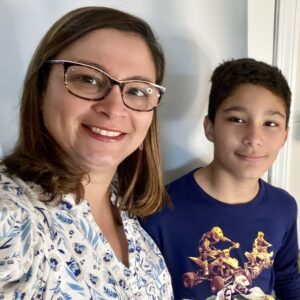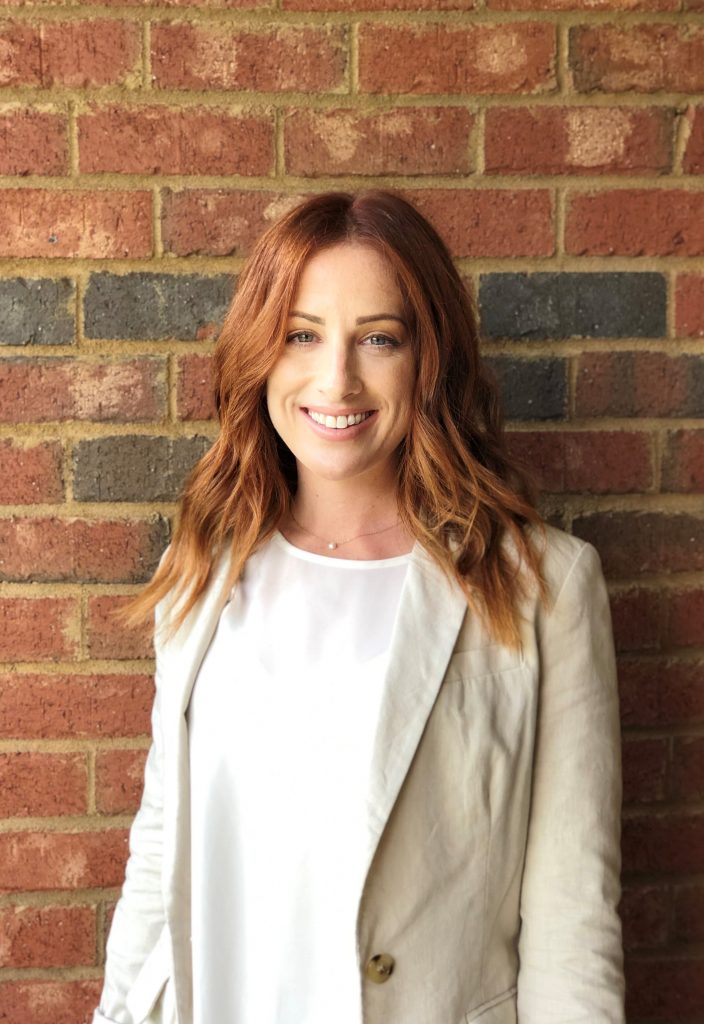The #WalkMyWorld project started as a community focus on poetry and multimodal exploration; it then developed into a community of inquiry. Participants explored the experiences of others by responding to and authoring multimodal poetry. In #WalkMyWorld, educators and students created a social space of engagement to explore civic uses of social media. This exploration served as an opportunity to consider the media literacies at play as the group participated as a community of writers.
Guided by carefully-crafted learning events, participants took photos, authored short pieces, and filmed small glimpses of their lives. At weekly intervals, they documented their “walks” using photo and video capture tools that easily allow users to share content with others. By collecting snippets of their worlds that seemed trivial one at a time, participants experienced the magic that, when strung together, these digital “gatherings” presented narratives of very human things: pain, beauty, joy, friendship, and wonder.
During the project, instructors were able to target specific educational objectives revolving around (but not limited to) explorations with poetry. With the understanding that creating and sharing digital content in online spaces might be a novel and even scary experience, instructors also charged participants to grapple with what to share and how. This raises questions between educators and learners as they contemplate how and how much to share. Accordingly, thoughtful experimentation online, connection with digital texts and tools, and play ultimately serve as valid, if not crucial, educational outcomes.
This project encouraged educators and students in elementary school through higher education to engage in social scholarship practices. Social scholarship utilizes the Internet and other communication technologies to evolve the ways in which scholarship is conducted. Like many other social scholarship projects #WalkMyWorld connected formal scholarship with informal Internet-based social practices while embodying specific values (e.g., openness, collaboration, transparency, access, sharing). #WalkMyWorld evolved into a space that allowed participants to explore the characteristics of online information and educational opportunities by allowing them to share and develop (a) writing lifeworlds, (b) communities of inquiry, (c) media literacies and (d) expanded perspectives of narrative writing. These skills have proven to be integral to the way teachers view themselves as professionals in online and hybrid educational spaces.
The trailer shared above was created for a session on the project released at the K12 Online website. The full video for the session is available below.
Work with the 2014 version of the #WalkMyWorld Project was printed in the MIT Civic Media Reader.
Results from the 2015 iteration of the #WalkMyWorld Project were also presented at the annual conference of the Literacy Research Association. Work from this session by Wise and O’Byrne was later published in the Literacy Research: Theory, Methods, and Practice journal.
The #WalkMyWorld Project was also highlighted in a publication by Rish and Pytash in NCTE’s Voices from the Middle and the accompanying podcast.
Lastly, in 2017 this project served as a motivating factor in this chapter on mentored open online communities (MooCs) as a third space for teaching and learning in higher education.











